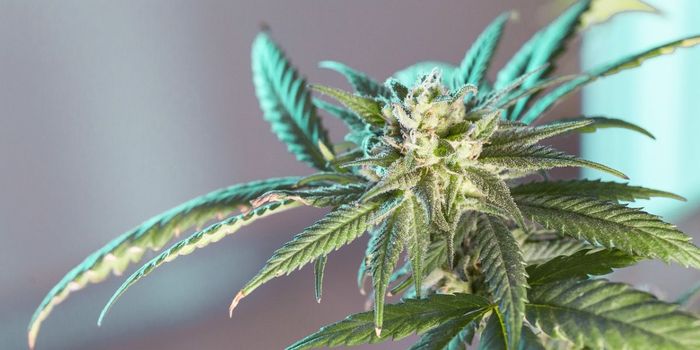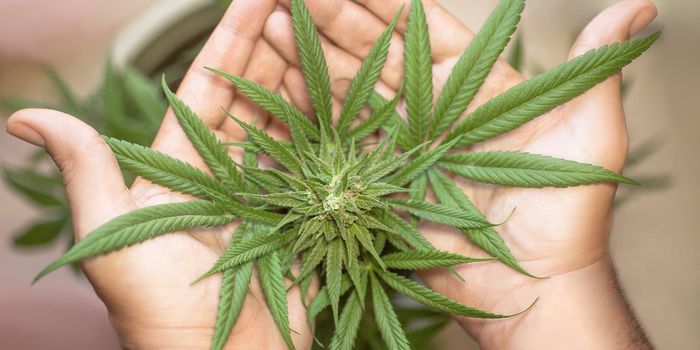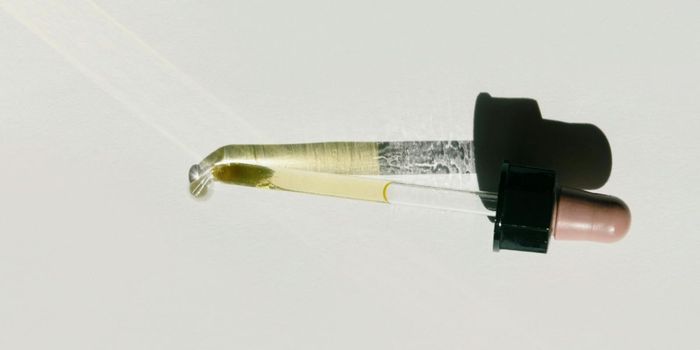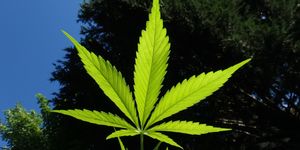How to Grow a High Yield Cannabis Crop
 Growing a cannabis crop is straightforward, as there are many guides available as to best practices, particularly for new growers. However, for growers who want to grow a high yield crop, there are several additional factors they need to keep in mind. These are some of the top ones:
Growing a cannabis crop is straightforward, as there are many guides available as to best practices, particularly for new growers. However, for growers who want to grow a high yield crop, there are several additional factors they need to keep in mind. These are some of the top ones:
Genetics: Some strains have genetics that are naturally more high-yielding than others, and provide a greater chance of producing a bountiful crop.
Lighting: A bountiful crop needs the right amount and quality of light, which is essential for a high yield crop. High-intensity discharge (HID) lights, which are commonly used for indoor cannabis cultivation, help to provide the right spectrum and intensity of light.
Nutrients: As cannabis plants need specific nutrients throughout their growth cycle, providing the right balance of nutrients can help ensure a healthy and high-yielding crop.
Environment: The temperature, humidity, and airflow in the growing environment all affect the growth and yield of cannabis plants. Maintaining optimal conditions is essential for a successful crop, with the recommended levels.
Pruning and training: Techniques such as topping, super cropping, and trellising can help increase yield by encouraging the plants to grow more branches and develop larger buds.
Pest and disease control: Depending on which region the crop is grown in, preventing and treating pests and diseases is crucial to maintaining the health of cannabis plants. Eliminating pests will help to ensure a high yield.
As each strain and growing environment is unique, the factors that contribute to a high yield crop may vary. New growers may need to experiment with different techniques, adjusting their approach in a trial and error manner, based on the specific needs of their plants.
As growers gain more experience, they will learn which factors help to produce a high yield crop on a consistent basis.
Sources: Washington Post, Modesto Bee, Weedmaps








